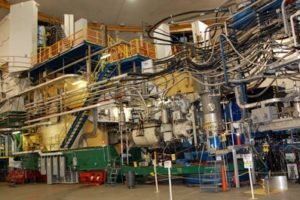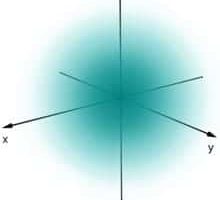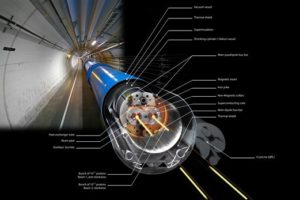standard model
Jupiter-like planets formed in hundreds, not millions of years
An accepted assumption in astrophysics holds that it takes more than 1 million years for gas giant planets such as Jupiter and Saturn to form from the cosmic debris circling a young star. But new research suggests such planets form in a dramatically shorter period, as little as a few hundred years. The forming planets have to be able to survive the effects of nearby stars burning brightly, heating and dispersing the gases that accumulate around the giant planets. If the process takes too long, the gases will be dissipated by the radiation from those stars, said University of Washington astrophysicist Thomas R. Quinn.









